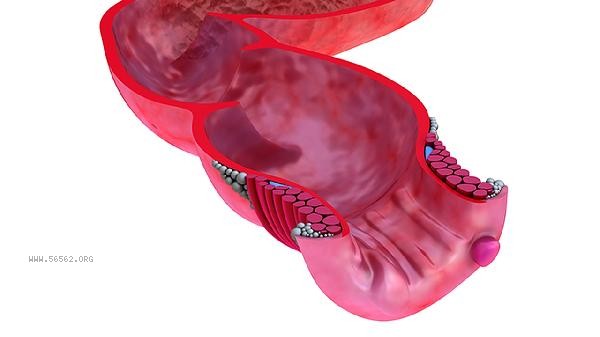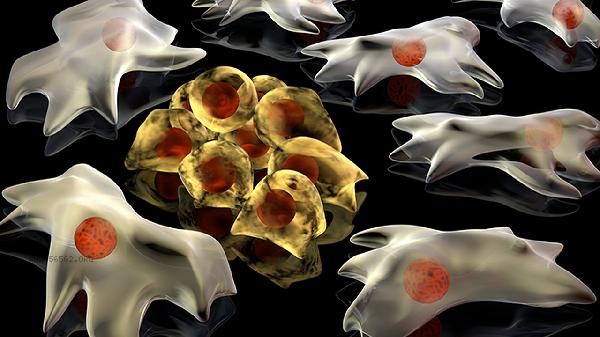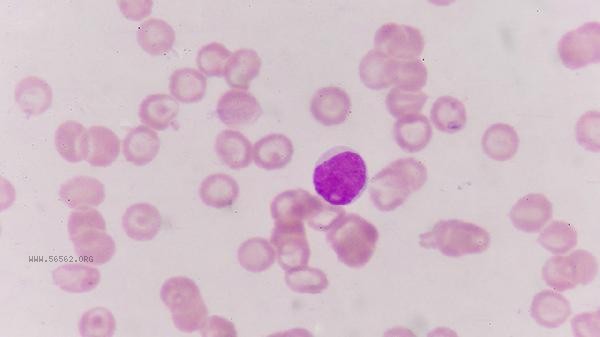The eosinophil count of 0.01 is within the normal range. Eosinophils are a type of white blood cell that typically account for 0-1% of normal adult peripheral blood, with an absolute value not exceeding 0.1 × 10 ⁹/L. Eosinophils, at 0.01%, are within the physiological fluctuation range. If there are no other abnormal symptoms or examination indicators, special treatment is generally not necessary. Eosinophils are mainly involved in allergic reactions and parasitic immune defense, and a slight increase in their values may be related to physiological factors. For example, changes in circadian rhythm, mild stress reactions, or female menstrual cycles can all cause transient fluctuations. The intake of high-fat foods and mild fatigue in daily diet may also cause transient changes. This type of situation usually has no accompanying symptoms, and the values can return to normal on their own when the blood routine is rechecked. If there are behaviors such as pollen contact and dust inhalation before the physical examination, it may activate the degranulation reaction of eosinophils, but a value of 0.01 is still a safe threshold.

Persistent basophilic granulocytosis needs to be comprehensively judged in conjunction with other indicators. When the value exceeds 1% and accompanied by allergic symptoms such as skin itching and urticaria, it may be related to diseases such as allergic rhinitis and asthma. Some blood system diseases such as chronic myeloid leukemia and myeloproliferative neoplasms can also cause abnormal elevation, but such situations are often accompanied by abnormalities in multiple indicators such as platelets and hemoglobin. A simple proportion of 0.01 eosinophils usually has no pathological significance when other parameters of the blood routine are normal and there are no clinical symptoms.

It is recommended to maintain a regular schedule and balanced diet to avoid overexertion. When eosinophils are found to be 0.01 during a physical examination, blood routine tests can be rechecked every 1-2 months to observe the trend of numerical changes. If there are repeated nasal congestion, rash or other discomfort symptoms, further examinations such as allergen testing or bone marrow puncture can be performed. Daily attention to recording food or environmental factors that may trigger allergies can help doctors differentiate and diagnose.









Comments (0)
Leave a Comment
No comments yet
Be the first to share your thoughts!